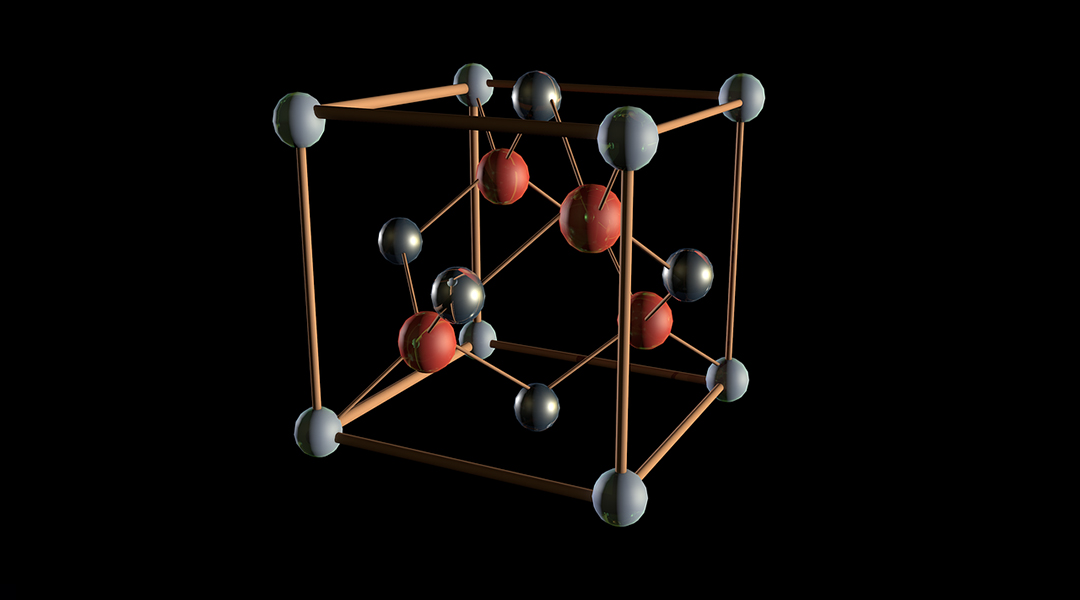The link between entanglement, energy, and the phase transition from superconductor to insulator isn’t just a theoretical curiosity.


The link between entanglement, energy, and the phase transition from superconductor to insulator isn’t just a theoretical curiosity.

Gravitational waves could be the key to imaging elusive primordial black holes born in the first moments of our Universe.

Scientists achieve groundbreaking room-temperature quantum coherence for 100 nanoseconds, propelling molecular qubits closer to practical quantum computing.

Massive neutron stars have such enormous pressure in their cores that neutrons residing there lose their integrity and become a new type of matter.

A light-matter hybrid material on attosecond scales showcases enhanced conductivity with potential applications in solar cells and high-power electronics.

Scientists uncover a surprising link between hyperbolic metamaterials and gravity, revealing that light behaves similarly in both realms.

Even a well-established theory like the Standard Model is not accurate all the time, and there are phenomena that defy its predictions.

Scientists achieve a decade-long goal, perfecting the combination of attosecond pulses of light with electron microscopy to study matter.

Scientists propose an enhancement to the BabyIAXO axion detector, paving the way for an intensified search for elusive dark matter particles.

A newly discovered material and its intriguing properties could pave the way for more efficient computing.